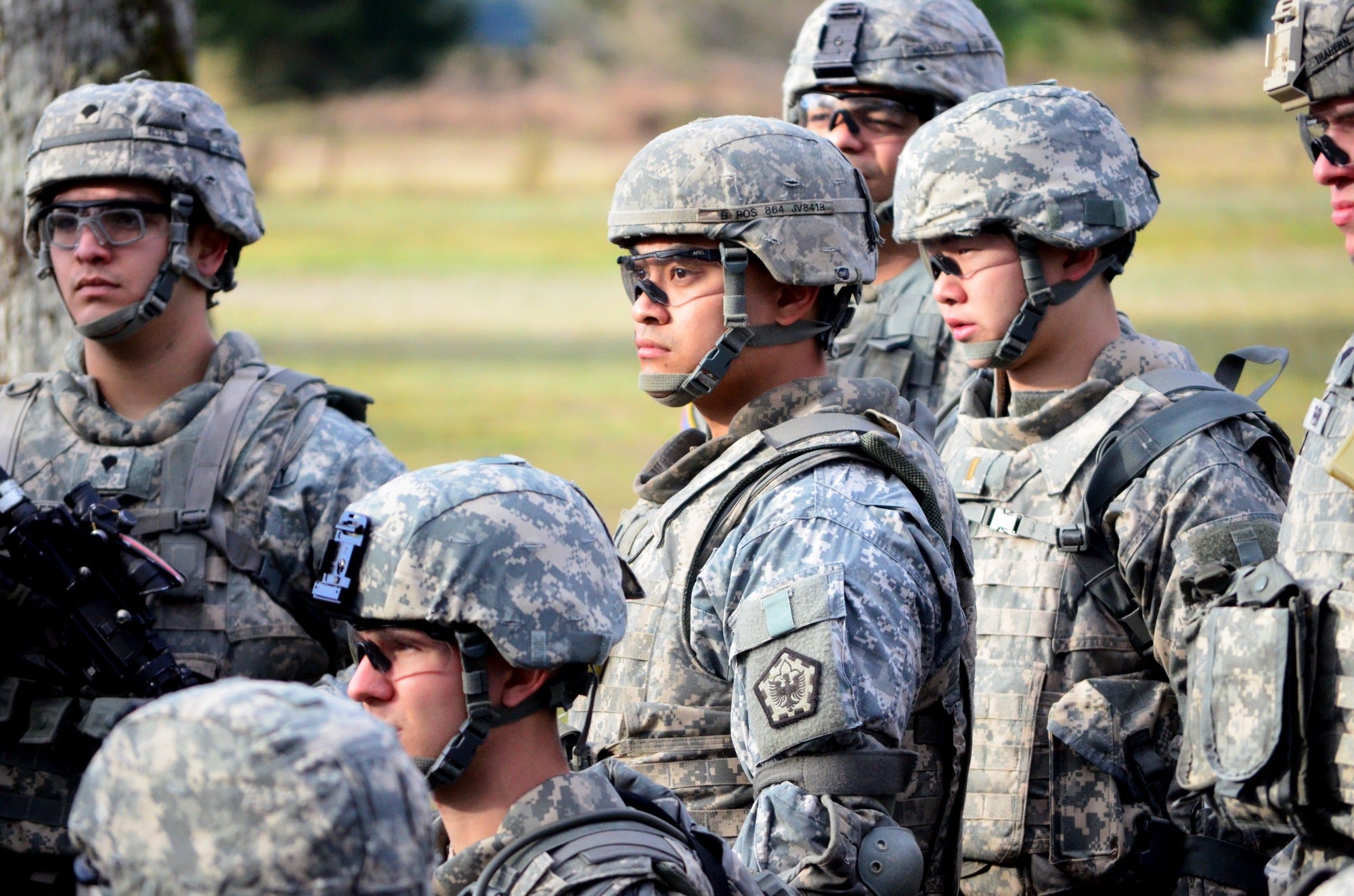Major General P K Mallick,VSM (Retd)
With the announcement of Lt Gen Bipin Rawat, present Vice Chief of Army Staff to be the next Army Chief there has been lot of discussions on this issue as the traditional method of seniority has not been followed by the present Government. Except in two cases the seniority principle has been followed in selecting Independent India’s Chief of the Army.
There is no doubt, that the selection and appointment of Army Chief is the prerogative of the Government. However, due to some very valid reasons seniority is an important criterion for selection. The reasons given by selective leaks from the Government like counter insurgency and counter terrorism, infantry experience etc of Lt Gen Bipin Rawat, the Chief designate have some serious flaws in logic. CV of Lt Gen Praveen Bakshi, the senior most officer in the list is well rounded and ideal for Army Chief. There would have been no controversy if Lt Gen Praveen Bakshi was appointed as Army Chief.
It has brought to light some critical issues regarding selection of higher ranks in the Army. Alleged parochialism, talent management, non adherence to laid down policy and merit based selection at the three star level have to be addressed at the Government level. In the absence of some ground rules and quantifiable criterions for selection of Army Chief there is chances of politicizing the appointment of such an important post.
There is absolutely no doubt about the capabilities of the Chief designate Lt Gen Bipin Rawat. Once a decision has been made by the Government of the day, all of us must strengthen the hand of the Chief so that he can guide the great Indian Army to its path of glory in next three years
To read full document please visit this link: http://spsindia.in/wp-content/uploads/2016/12/Selection-of-Army-Chief-final..pdf



















